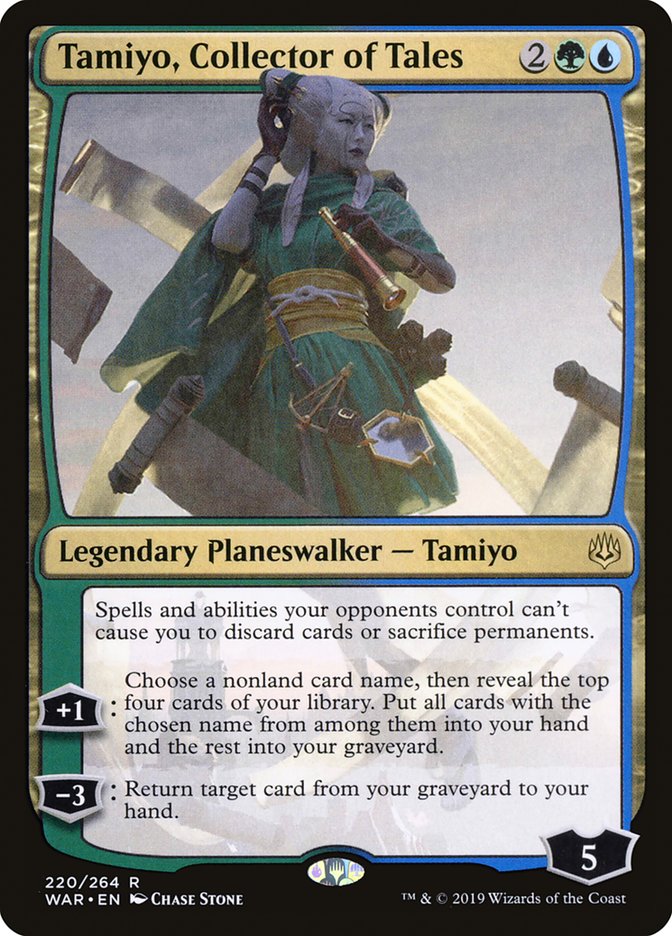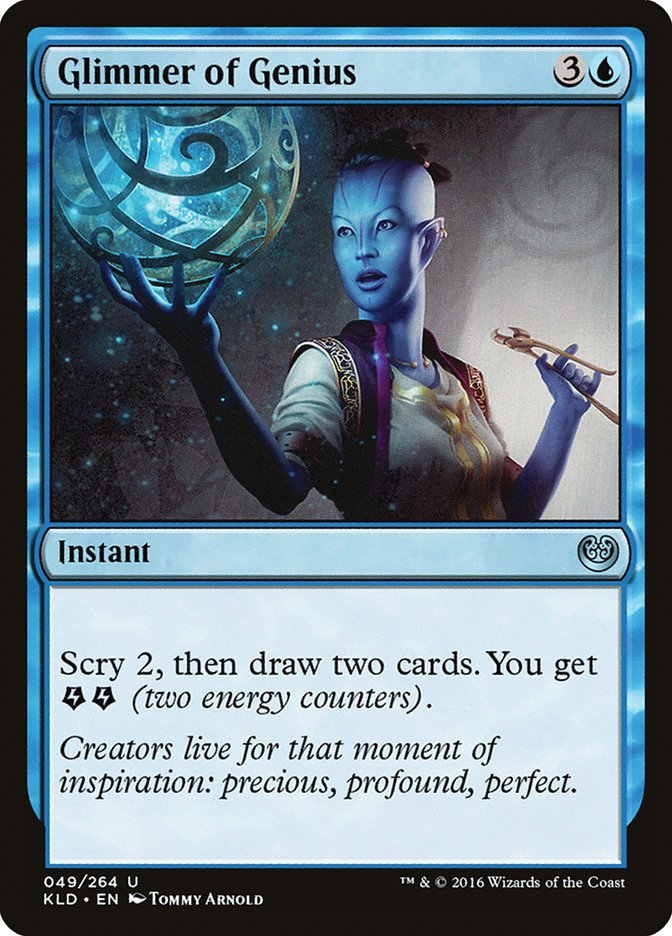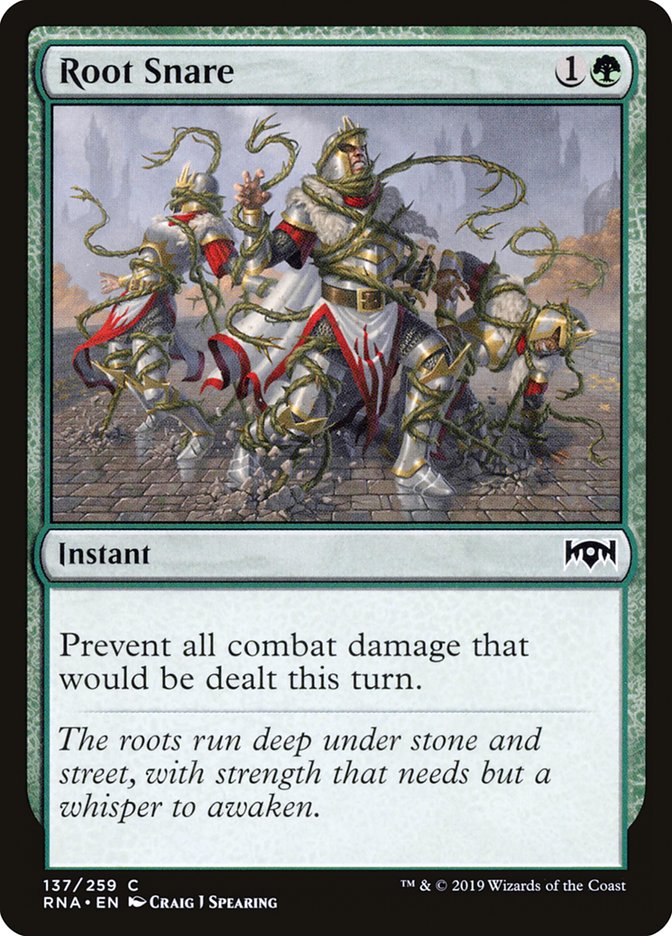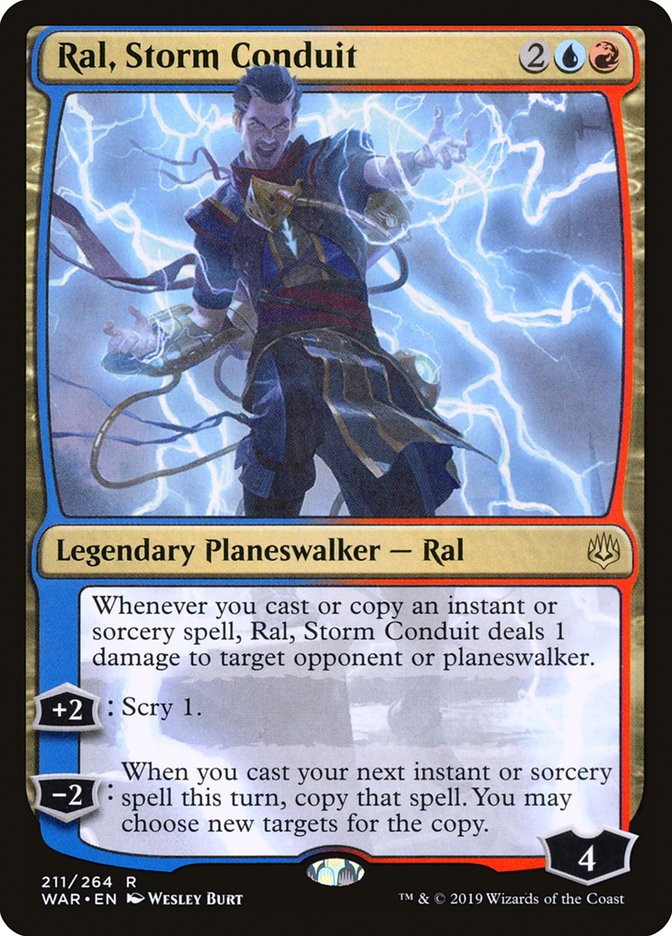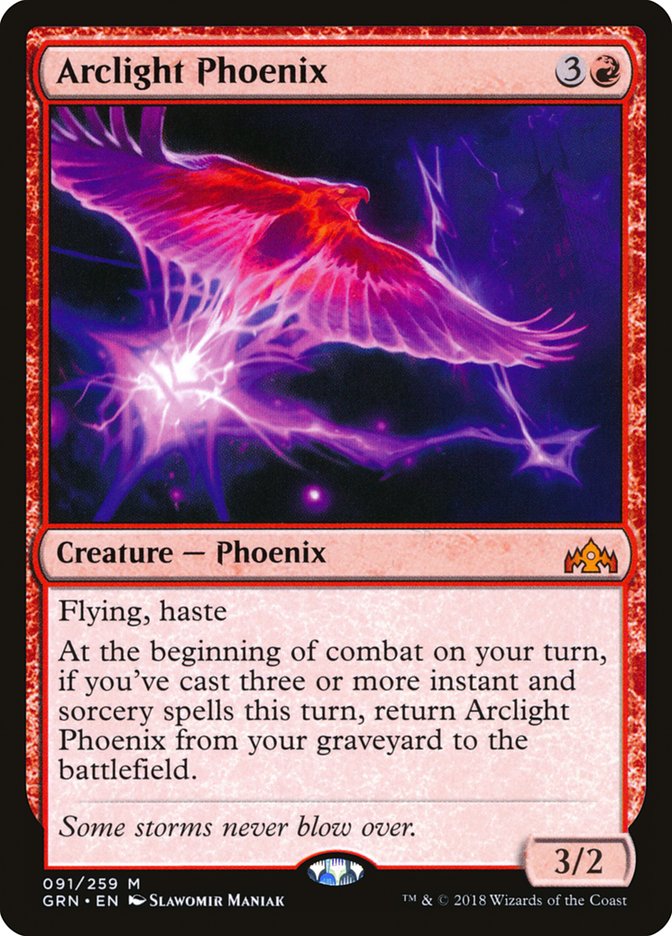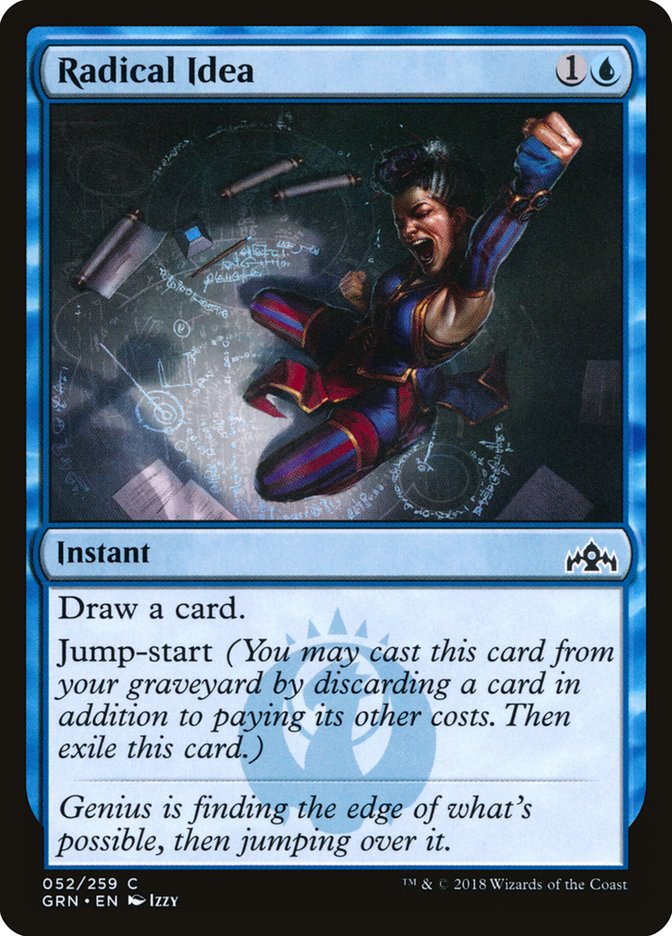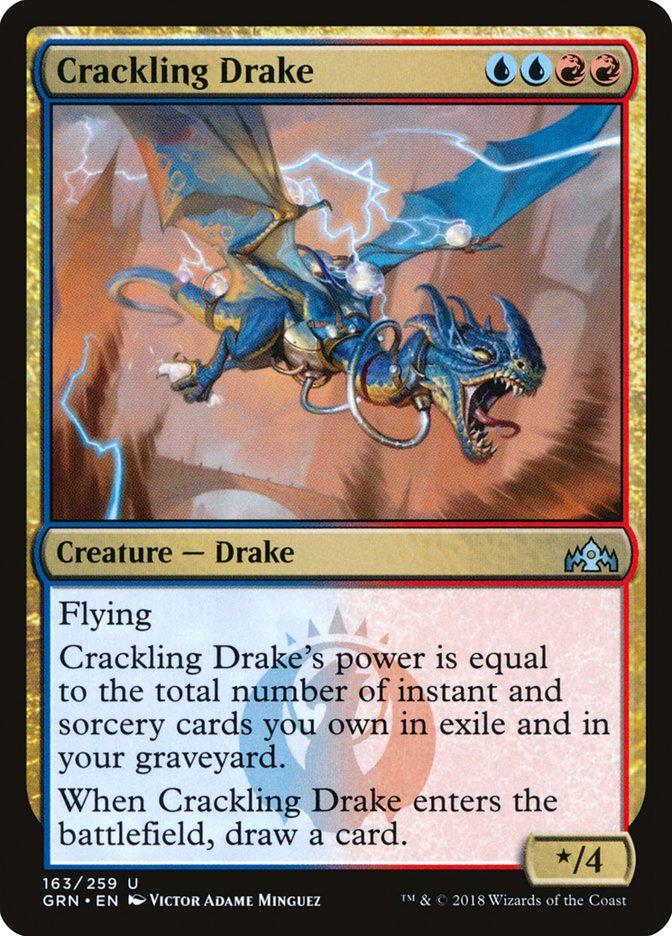Sometimes you see a card and you just know. The card is great on rate, it fits in an existing deck, and has a ton of play to it that will push it to the upper levels of competition. Tamiyo, Collector of Tales is exactly that kind of card.
After having the privilege of previewing the last iteration of Tamiyo to see print, as soon as this card was previewed, I knew I had to write about it. The effects that she has on a game of Magic will seem swingy, with her first ability having a random element to it, but there are subtleties to the way she’ll make games play out that are much closer to deterministic than one would initially assume.
Take for example, a deck that’s hyper-consistent and just plays a series of four-ofs:
Planeswalkers (3)
Lands (25)
Spells (32)
- 4 Opt
- 4 Search for Azcanta
- 2 Blink of an Eye
- 4 Nexus of Fate
- 4 Root Snare
- 2 Sinister Sabotage
- 3 Chemister's Insight
- 4 Growth Spiral
- 4 Wilderness Reclamation
- 1 Commence the Endgame
Sideboard

Despite looking like a fairly typical Simic Nexus shell, Tamiyo adds another layer of consistency to this deck that it didn’t have before.
Right after the most recent Standard rotation, one of the biggest losses that Nexus players lamented was Glimmer of Genius no longer being legal. It provided more digging power than Chemister’s Insight, even if Insight is worth more cards over a few turns. In a shell like Simic Nexus that is frequently looking for specific combo pieces rather than a raw quantity of cards, Tamiyo is going to shine. The fact that her +1 ability digs four cards deep is incredible.
On top of that, she’s good both during the developmental phases of the game and once her controller is simply digging for more turns. During development, the deck tends to look for specifically Wilderness Reclamation. Her “drawback” of putting the rest of the cards in the graveyard isn’t actually as much of a downside as one might assume at first glance. Nexus of Fate is simply shuffled back into the library if it’s hit, and Chemister’s Insight being revealed and sent to the graveyard is almost a freeroll.
Think of this way: with cards that have graveyard-related upside in your deck, naming other cards in your deck with Tamiyo is just going to increase the odds that you actually hit something of value.
Or, if it’s really that big a deal that you aren’t positive that you’re going to hit anything with her +1 ability, you could just play this and call it a day:
Creatures (36)
Planeswalkers (4)
Lands (24)

That one’s up to you.
The other portion of Tamiyo’s first ability that’s unbelievably relevant in this deck is the fact that it puts the other cards in the graveyard. Simic Nexus is generally a terrible Search for Azcanta deck, although it leans pretty hard on Azcanta, the Sunken Ruin.
Because the deck played so many permanents, spells that cost a bunch of mana, and so forth, it would frequently struggle to actually transform Search for Azcanta. The fact that Tamiyo, Collector of Tales does most of the work on her own, with her plus ability no less, does a ton of work for increasing its consistency.
Fog decks, in particular, will greatly benefit from Tamiyo’s -3 ability. How frequently is a Root Snare as good as a Time Walk effect? Think of it this way: when Root Snare is blanking all of the important parts of an opponent’s turn, recurring Root Snare is effectively turning her -3 into “Take an extra turn after this one.” That isn’t something to be ignored.
Recursion
Delving a bit further into Tamiyo’s -3 ability, even outside of combo-esque decks, it gets to have the same effect on spells that Snapcaster Mage does in older formats.
In older formats, decks that utilize Snapcaster Mage and other recursive elements get more value out of cards that they’re only playing one or two physical copies of, because in the matchups that they’re relevant, they have ways of using that card or effect more than once. Tamiyo does the same thing:
Creatures (2)
Planeswalkers (4)
Lands (26)
Spells (28)

One of the biggest issues that the Temur Reclamation deck faces, historically, is that it has a handful of situational pieces that don’t line up particularly well against everything. Tamiyo is great at fixing that issue. Rather than being a piece that’s specifically great anywhere, she excels at digging for, and rebuying, the pieces that are good in the matchup at hand.
On top of her ability to create redundant copies of effects that you want several of, the fact that her -3 is a form of recursion, while her +1 is a form of digging, means that decks aren’t required to play as many copies of niche deck pieces that they may have felt priced into playing previously.
Todd Anderson already wrote a bit about Ral, Storm Conduit and what he can do last week, but to give the brief idea here, Ral get to ping something every time his controller casts or copies a spell.
This means that two copies of Expansion and any spell that it could copy will create an infinite amount of damage by having the second copy of Expansion copy the first, and then have the copy target the original, so forth. Outside of that combo, unfortunately, Ral doesn’t have that much use in the deck. This is exactly the type of effect that plays incredibly with Tamiyo.
.related_text {
padding:0px 10px;
height:50px;
line-height:2em;
}
.related_text img.related_author {
width:48px;
height:48px;
float:left;
padding:0px 15px;
}
.related_text .title {
color:#333;
font-style:italic;
font-size:100%;
}
.related_text a:link {
font-weight:bold;
color:#005586;
padding-bottom:0px;
font-style:normal;
}
.related_text .header {
text-transform: uppercase;
padding-top:0px;
font-weight:bold;
}
.related-premium {
color:#CD9100;
}
.related-select {
color:#125687
}
The idea here is that Tamiyo will be plussing for the sake of trying to find more control pieces in the deck while keeping her controller alive, eventually putting the single copy of Ral into the graveyard. If it just so happens that Ral is in the graveyard with a couple of copies of Expansion in hand, she can immediately win the game by buying back the planeswalker-turned-combo piece. Outside of those kinds of situations, Ral won’t clunk up too many of the deck’s more typical draws since there’s only a single copy in the deck.
Having access to these backdoor combo kills is what sets apart traditional control decks from things more akin to Splinter Twin during its heyday in Modern. Sure, you can play against it like a normal control deck, but tapping out against them once they’ve reached a certain mana threshold could spell immediate death.
Dredging
Finally, expanding a bit on the fact that Tamiyo’s ability is great at fueling the graveyard, there are tons of possibilities with Tamiyo’s +1 and simply filling the graveyard. The fact that Arclight Phoenix is a Standard-legal Magic card gives an easy first step in thinking of things to do with Tamiyo’s first ability:
Creatures (10)
Planeswalkers (4)
Lands (22)
Spells (25)

As far as decks that simply want a raw quantity of cards in their graveyard go, the Standard Phoenix variants are the most natural start.
Something that simply puts a ton of cards in your graveyard is eventually going to hit copies of the card that rewards you for indefinitely spinning your wheels. The natural redundancy of these shells, as well as cards like Discovery, will increase the odds that Tamiyo actually hits cards with relevant text.
On top of the points that Arclight Phoenix earns Tamiyo, the fact that this deck has other cards that have text from the graveyard is such a huge bonus that can’t be ignored.
With all the planeswalkers that are coming with War of the Spark, figuring out all of the applications that each and every planeswalker has available will be the make-or-break between people who flounder in the early stages of the format, and those who succeed.


